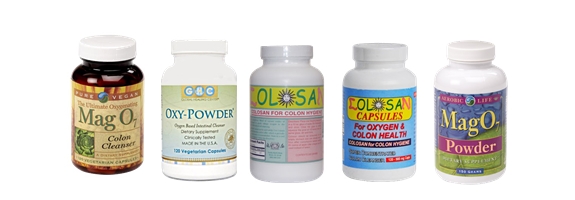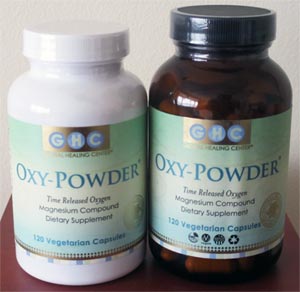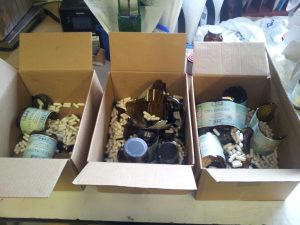Herbal Medicine in the EU: The story so far
Herbs have been part of European folk tradition for thousands of years
But it’s only this century that they’ve become a hot-button political and economic issue. Despite the fact that millions of Europeans have benefited from herbal supplements, vitamins and minerals, about ten years ago the European Union decided to crack down hard on the natural medicine industry. The industry fought hard against the EU Traditional Herbal Medicinal Products Directive, but it eventually came into force in 2004-5. Now firmly established, it’s in the process of being clarified and strengthened – but although the changes could make processes and fees more transparent, insiders fear that further regulation will only serve to strangle the industry.
One of the main issues the industry fought against was the need to pay exorbitant fees – from £80,000 to £120,000 – to have each herbal product individually certified, or risk it being banned. It created two problems: it pushed smaller companies, who couldn’t afford the fees, out of business; and it meant that anything that couldn’t be certified had to be sold as a food product. However, the regulations on food products are very different to those for medicines
Arm-in-arm with the THMPD came the EU Health Claims regulations – incredibly strict and widely disputed policies which led to incidents such as the bottled water controversy. In 2011, after three full years of investigation and spending tens of thousands of pounds’ worth of taxpayer’s money, the European Food Standards Authority decided that bottled water manufacturers were no longer allowed to claim that their product helped to prevent dehydration. The news provoked widespread derision from scientists, politicians and the public, who protested the lunacy of wasting resources on such decisions instead of forming policies that could truly benefit public health.
It was just one example, but combined with the EU Labelling Regulations that had been introduced in 2003, the net effect was that stating a product’s intended purpose on the label became extremely difficult. Consumers now had less access to information about the health benefits of non-medicinal natural products, as labels became ever more obfuscatory to try and get around the rules and still communicate.
There was a grace period of six years, to allow manufacturers to get their products licensed before the law came into full force in 2011. Widely-used herbs like Echinacea, St John’s Wort and valerian passed regulation easily after forking out the cash for their licenses– but as more and more products were pulled from shelves for not complying with regulations, consumers had fewer choices. However, licensed herbalists were exempt from the new regulations. They could prescribe any herbal remedies that weren’t already banned – the problem was that those herbs were quickly disappearing from circulation. Banning a slew of the products which contained them meant there was no demand, so that even after paying fees of up to £100 to see a herbalist and with a prescription in hand, a customer needing a particular herb might still be out of luck. Now, there are rumours that even this compromise is set to be demolished due to pressure from lobby groups.
And even with high demand, some herbs and vitamins looked set to disappear from general sale. The new Directive stated that herbs must have been in use for at least 30 years to be licensed – either 30 years within the EU, or 15 years in the EU and another 15 elsewhere. But as the industry boomed over the years before the crackdown, a groundswell of support for “old wives’ tale” herbs had begun to grow. People had begun to rediscover herbs like Peruvian cat’s claw – used to treat arthritis, diabetes, and stomach problems, but only discovered in the 1970s and still not widely available in the 1990s. There were fears that it was too new to pass regulation; however, it managed to escape the list of banned or restricted herbs. Ephedra, lobelia and poppy capsules were not so lucky: Ephedra sinica, used for weight loss, and lobelia, a treatment for whooping cough, asthma and allergies, can now only be sold by registered pharmacists. Poppy capsules must now be prescribed by a doctor or dentist.
In February this year, the situation looked like it was about to worsen: Food Supplements Europe, representing a group of multinational vitamin and mineral companies, began lobbying the EU to introduce the Food Supplements Directive, setting maximum levels for active ingredients in supplements and vitamins.They cited studies that researched the dangers of overdosing on seemingly harmless supplements – a rare occurrence, given the levels usually contained in herbal products. Compared to the estimated 40,000 people who die every year in Britain as a result of correctly prescribed medication, it seemed slightly ridiculous.
If it goes through, the legislation will hit smaller and medium-sized businesses hard. These companies rely on high-potency products for much of their revenue, since the larger companies don’t sell them. With a maximum level enforced, their customers would have to go the multinational route for their supplements; not only that, but they’d have to buy more to get as much of their supplement as they needed. It was a clear case of a power-grab by the corporations, and it had mum-and-dad herbal companies and their customers outraged.
But the backlash from the health food industry has had an effect. Recently, Germany’s 12-year ban on kava was overturned. The ban was based on fears that the herb, used for soothing anxiety and stress, was toxic to the liver; but a German court decided that the risks were too low to justify the ban, and kava is now back on the market.
Europeans, both native-born and immigrants, have a rich herbal heritage. With the rising popularity of Asian herbal remedies as well as Western supplements, it’s vital that the industry is somehow regulated. In fact, before 2004, it was – by the much less draconian Drugs Act 1968, which served its purpose perfectly well. Europe’s current ultra-strict proposals are not the way to go. The industry needs its smaller businesses for innovation and creativity; it needs a wide range of herbs to cater to consumers’ needs; and it needs fairer regulation to make sure the products it sells are safe and effective. The fight continues.
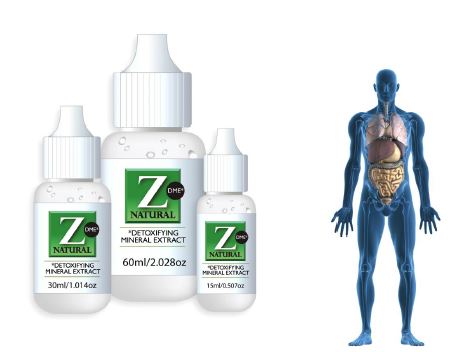


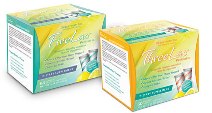 Please note these figures below are based on the amount of live bacteria at the end of the products shelf life (i.e. the expiry date). The manufacturers state that the amount of live bacteria at the point of manufacture is double that of the expiry date. Therefore the figures quoted below are minimum estimates of the number of live bacteria.
Please note these figures below are based on the amount of live bacteria at the end of the products shelf life (i.e. the expiry date). The manufacturers state that the amount of live bacteria at the point of manufacture is double that of the expiry date. Therefore the figures quoted below are minimum estimates of the number of live bacteria.

